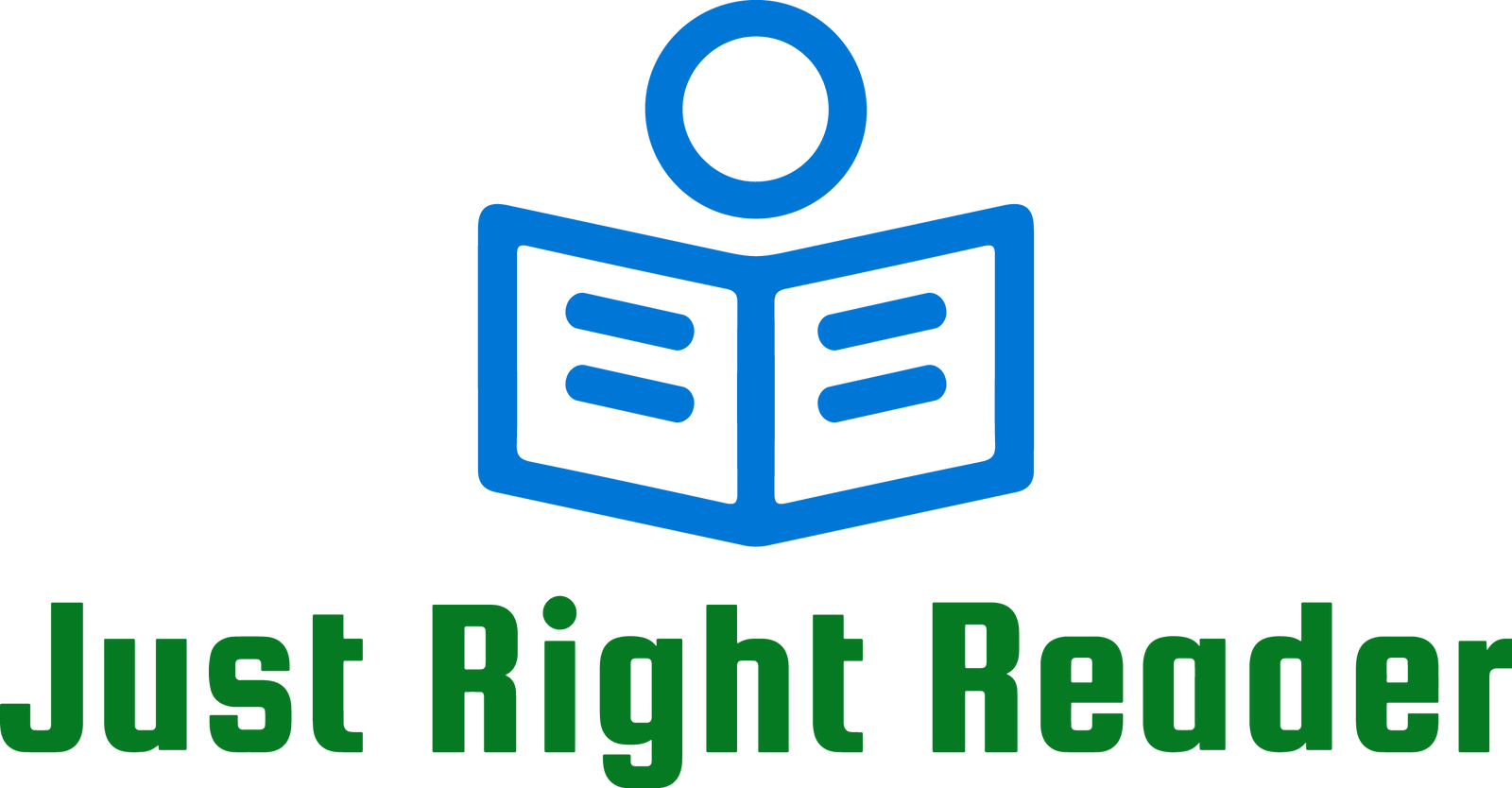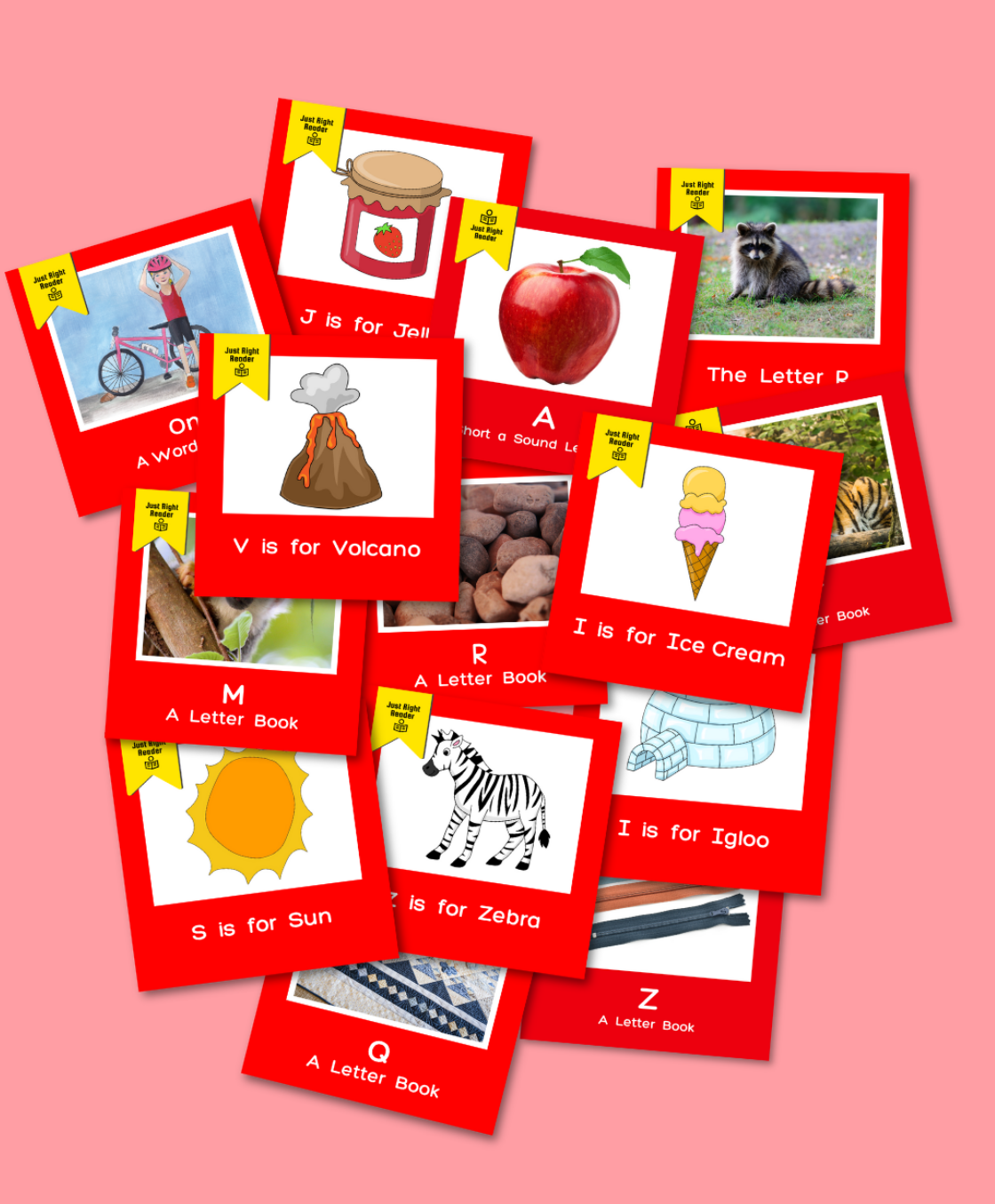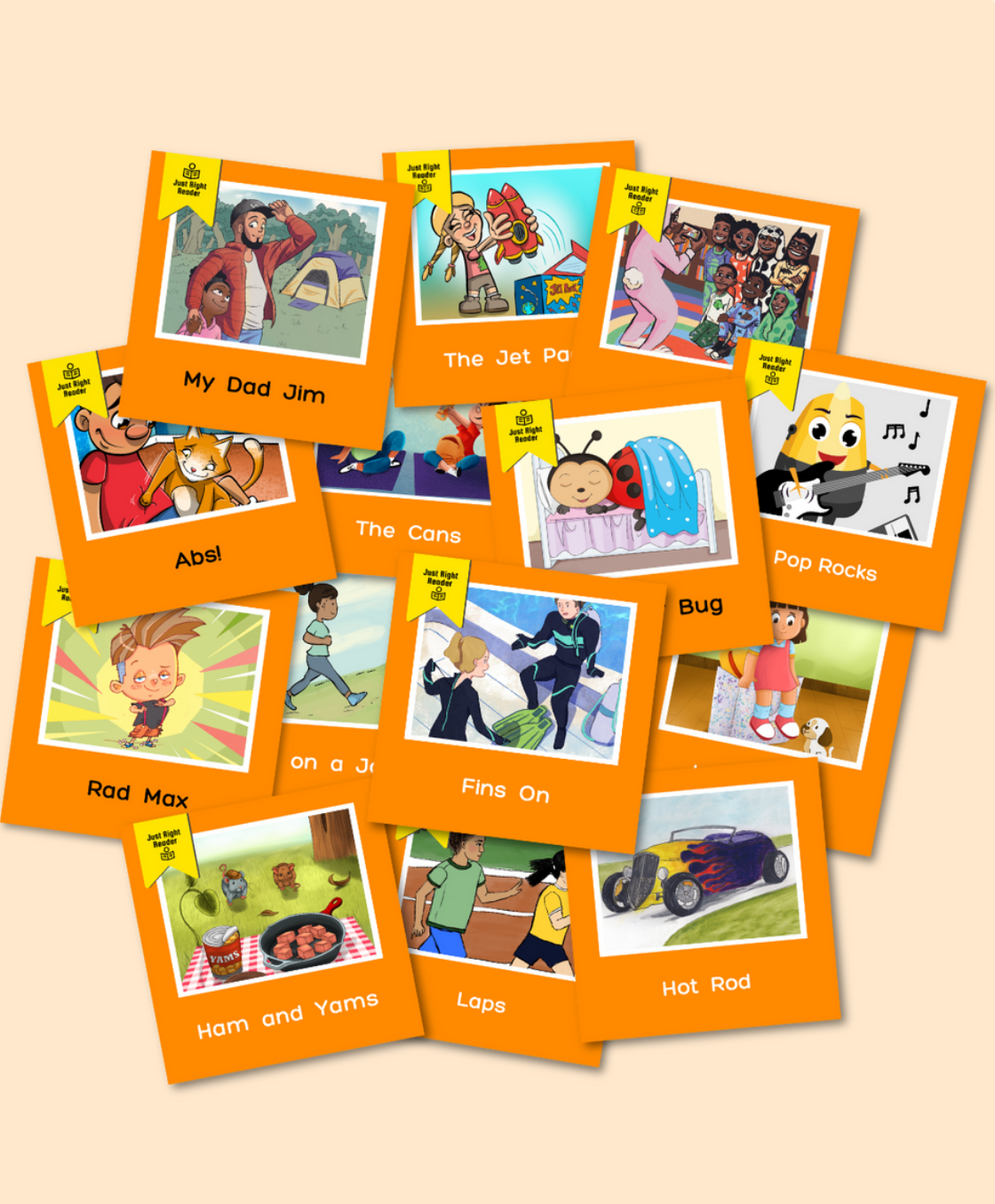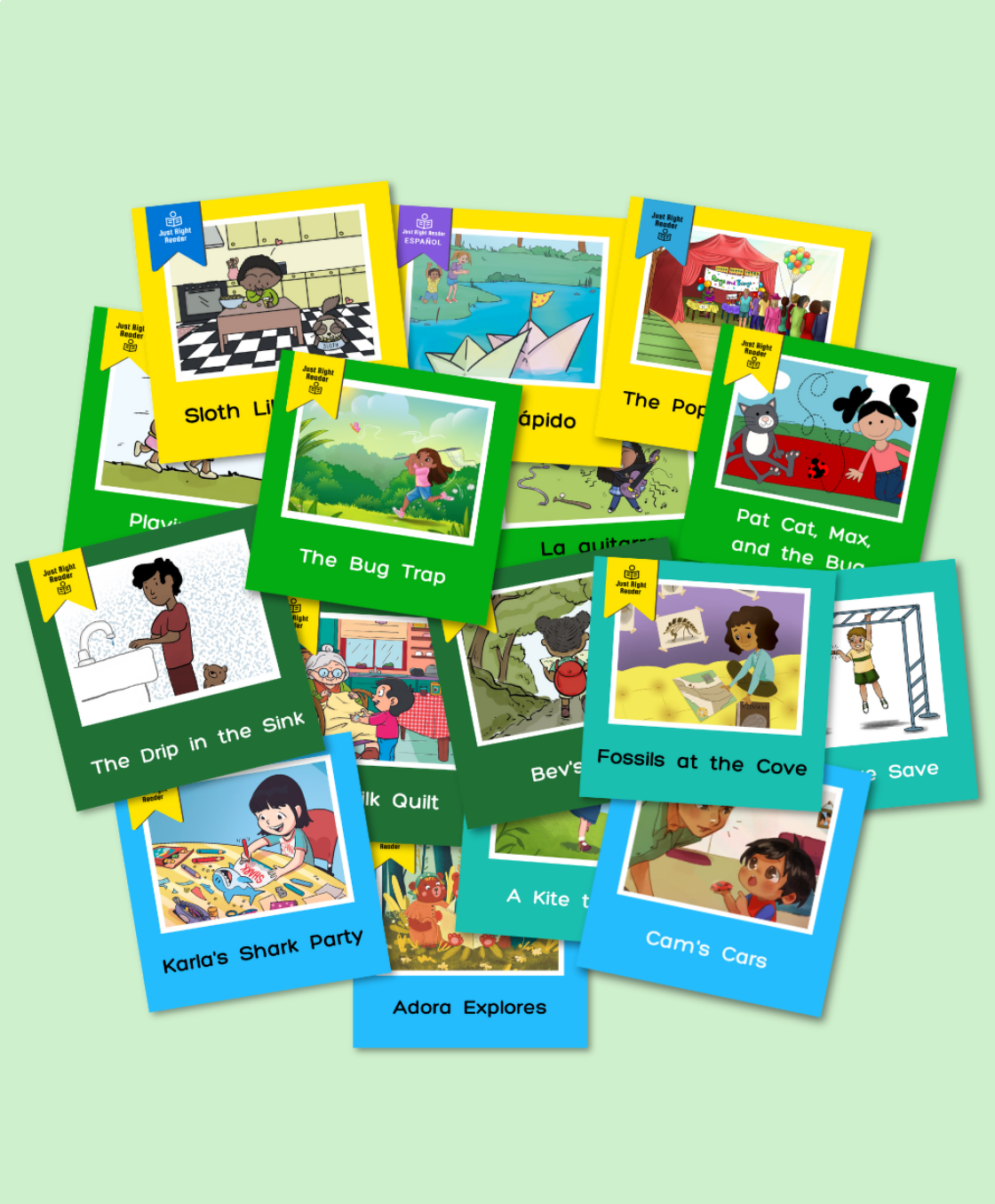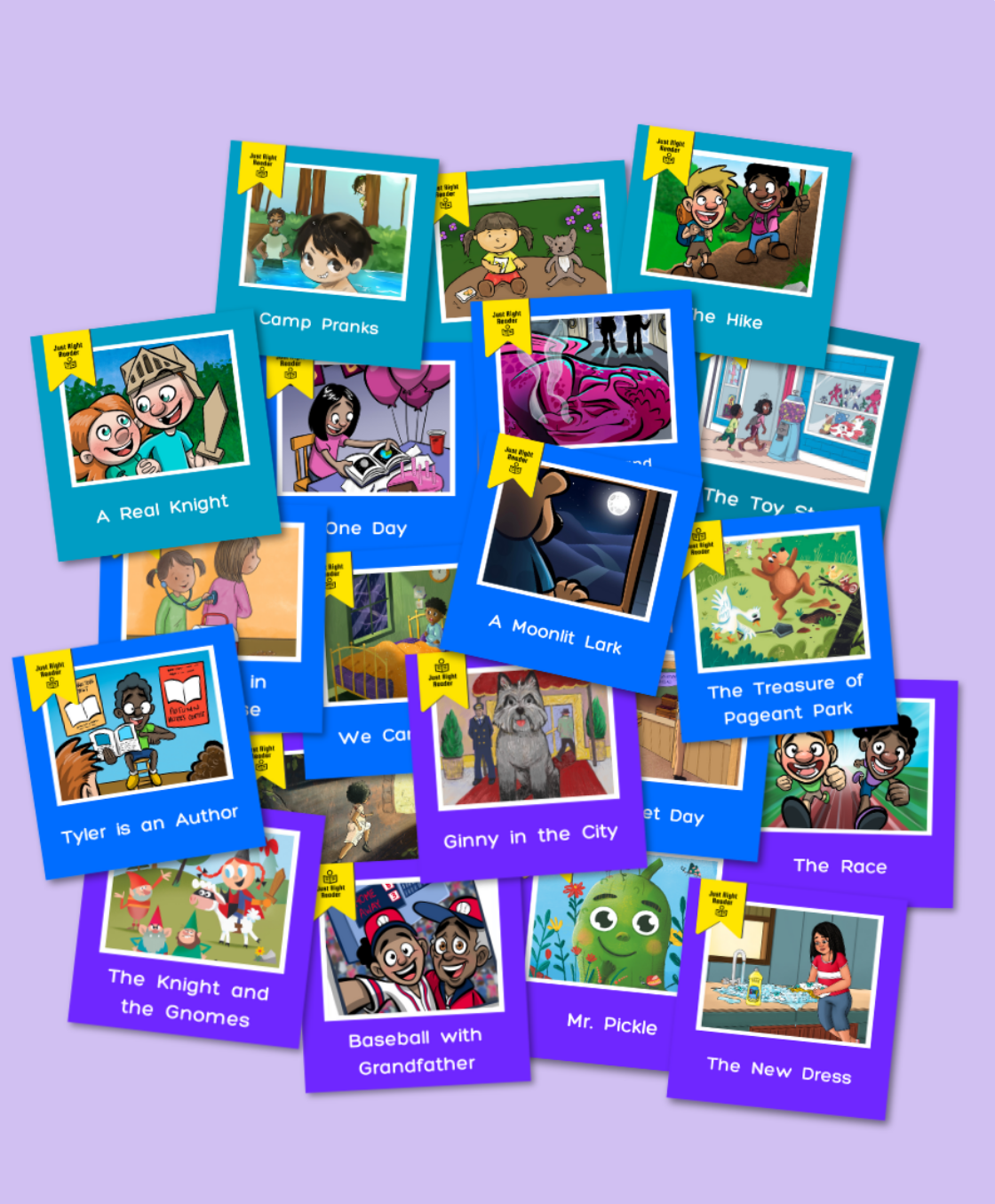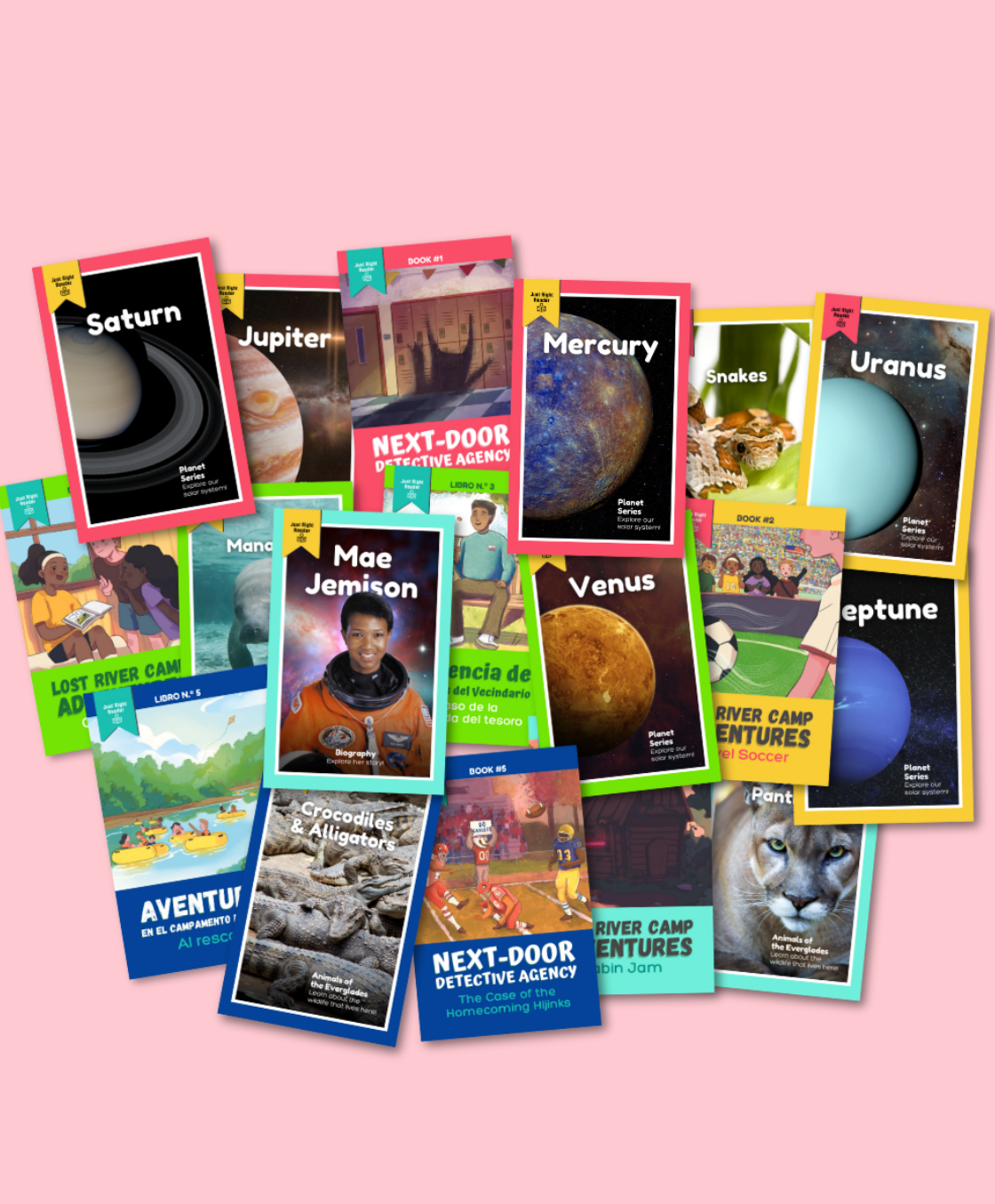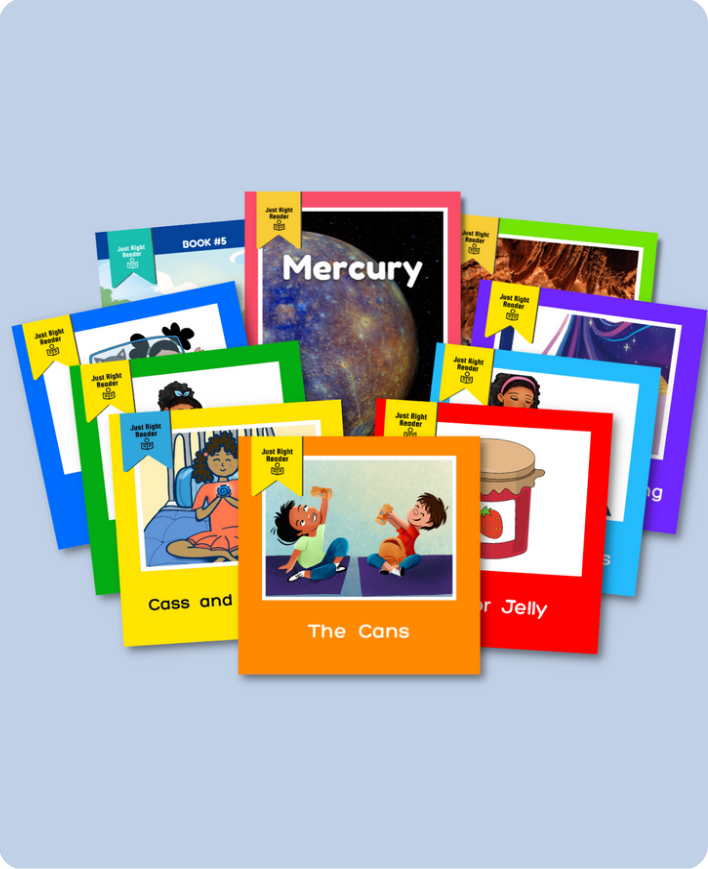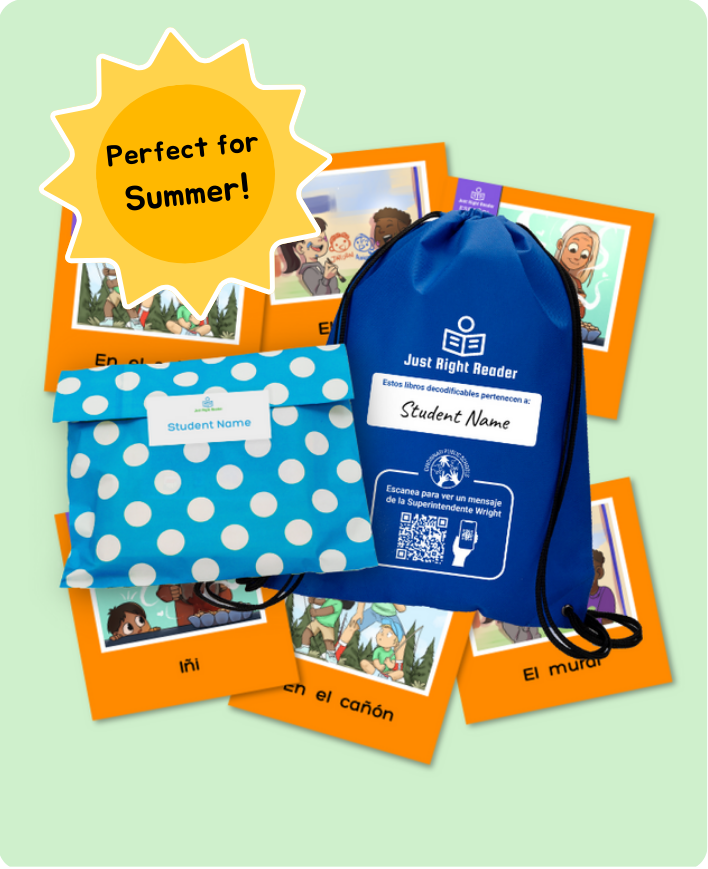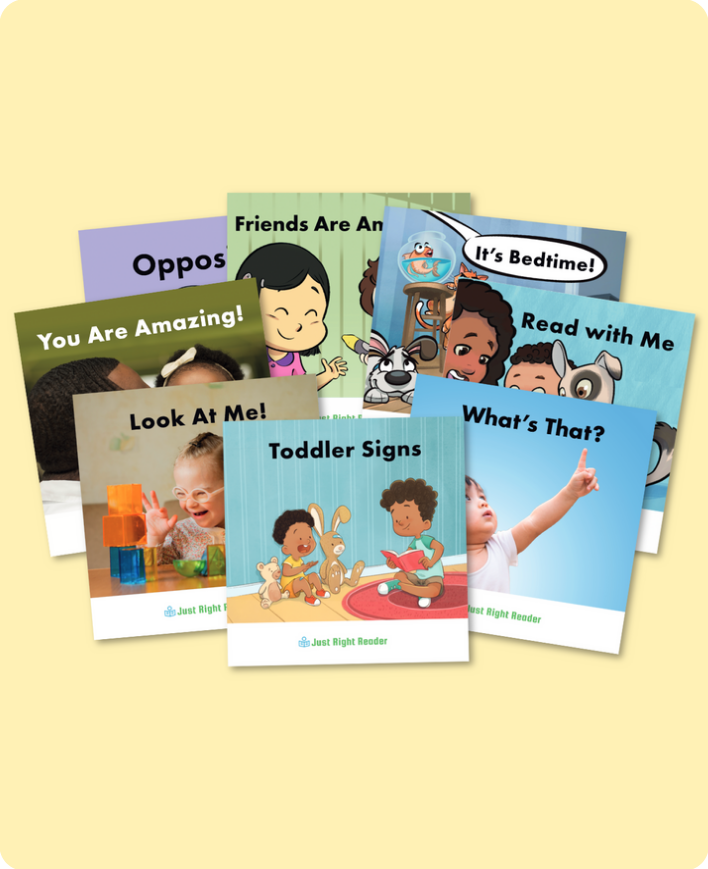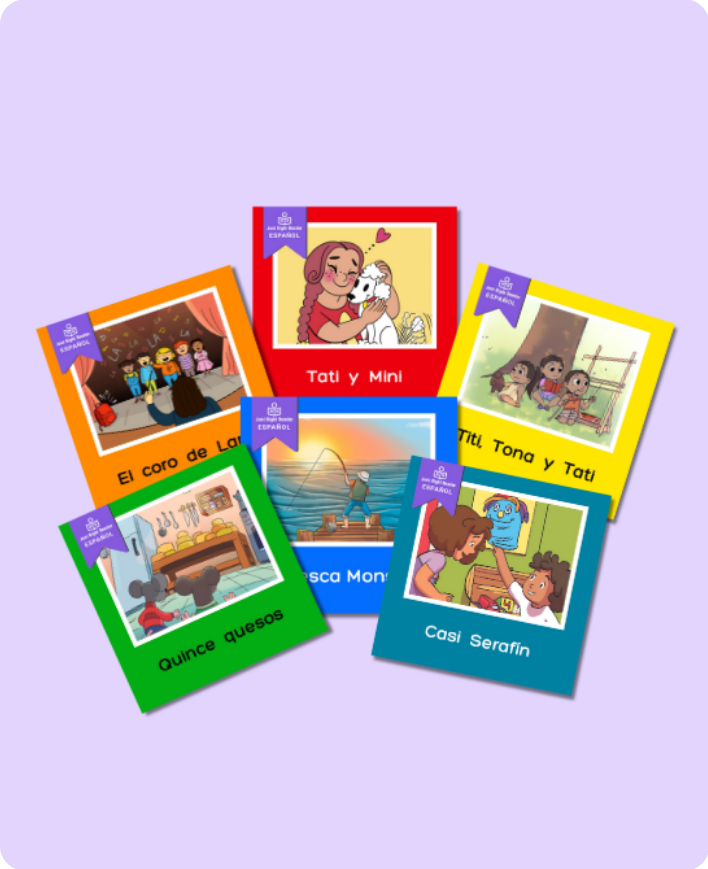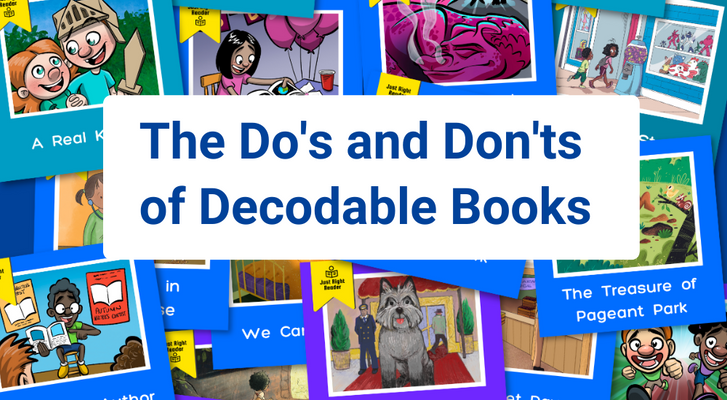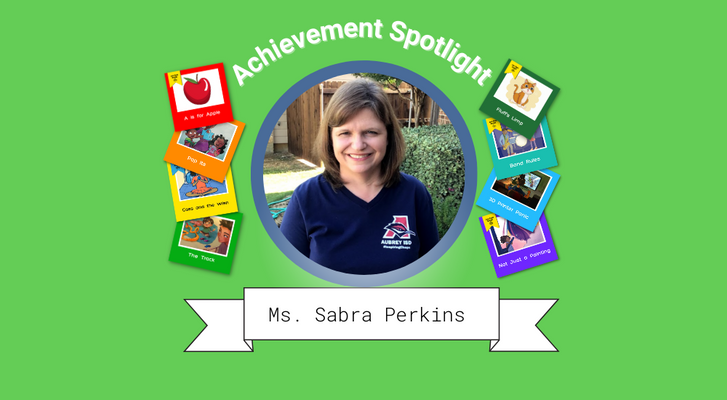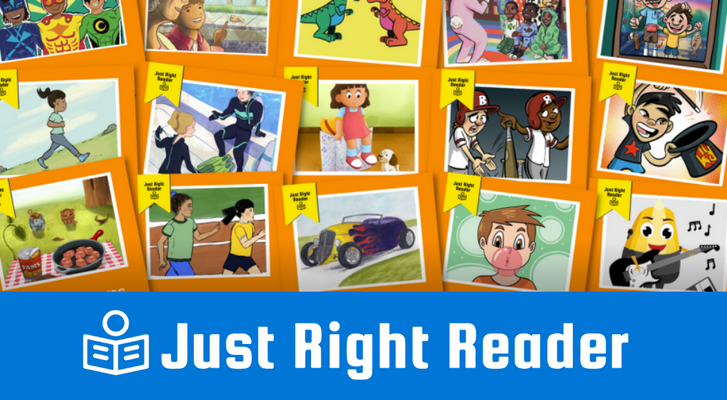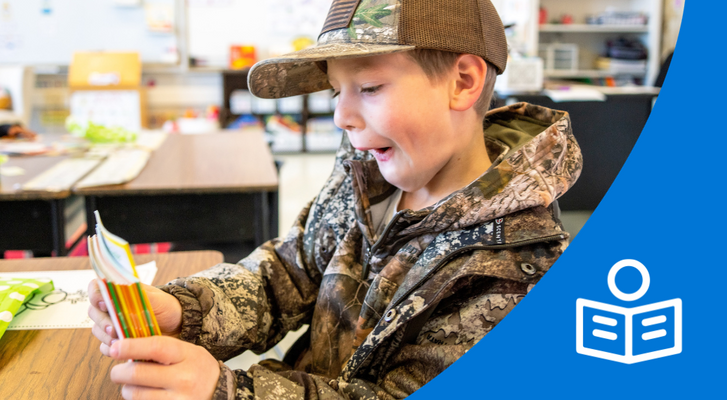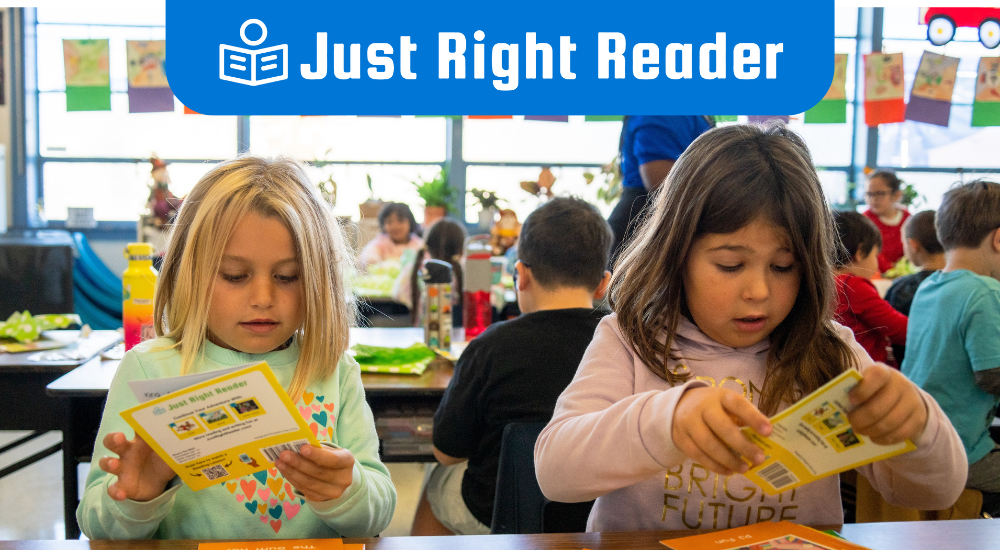
“What kids read is the fuel. What is going to propel them is a lot of reading.” -Heidi Anne Mesmer, Leader of the Reading Specialist Program at Virginia Tech
Research has proven time and time again that students need the right books in order to become successful readers. Without them, their reading journey stalls.
So, what books are best for beginning readers?
In a recent Just Right Reader Science of Reading Symposium, Heidi Anne Mesmer shared her research on the significant impact of decodable books on learning to read and which instructional strategies support early readers.Top 4 Symposium Takeaways On Why Students Need Decodables
1. Decodable books are valuable instructional tools that supplement explicit phonics instruction.
Choosing high-quality decodables mapped to a rigorous phonics progression is crucial for reading success.
Discover what decodable books are and why we should use them in literacy instruction: Learning to Read with Decodable Books.
2. Decodability is always in relationship to the reader.
The decodable books do not do the teaching; they support the instruction already taken place. If a teacher provides a student with a decodable book that reinforces the short u sound, but they have not taught that skill yet, the student will not be able to decode it. Teachers must be mindful of which phonetic patterns a student knows before giving them decodable books to practice with.
3. Students progress through Ehri’s Phases of Word Recognition.
Students move in their development of word recognition from pre-alphabetic to automatic.
Learn about each phase:
4. Handwriting is essential for retention.
Research reveals practicing handwriting strokes helps with letter retention and even word reading.

Just Right Reader Pre-Emergent Decodables feature dry erase pages for students to practice writing upper and lower case letters.
3 Instructional Strategies to Use with Decodables
1. Teach techniques for sounding out a word.
- Connected phonation is smoothly blending sounds without stopping.
- Body/coda blending is putting the beginning and vowel sounds together, stretching it, then adding the ending.
Learn how to teach these techniques:
2. Connect the newly decoded word to meaning.
Always connect the word to its meaning. This strategy is especially important for multilingual learners.
3. Do a book walk not a picture walk.

Before reading:
- Read the title.
- Decode new or tricky high-frequency words.
- Decode new or challenging decodable words.
- Model and non-decodable “story” words.
- Do not go through every page.
What makes Just Right Reader Science of Reading Decodables special?
With extensiveClassroom Libraries andTake-Everywhere Literacy Packs, students have many opportunities to practice their decoding skills in engaging, connected text, which allows them to become strong readers.

Our Decodables feature:
- An extensive library of 700+ titles
- Engaging and relatable stories with relatable characters and vibrant illustrations that motivate students to keep reading
- Evidence-based, rigorous phonics scope and sequence that aligns to all phonics programs and curriculums
- QR codes that link to memorable video lessons in English and Spanish
- Personalized Take-Everywhere Literacy Packs that extend phonics practice from school into homes
Ready to Learn More?
Click here to watch the full symposium replay with Heidi Anne Mesmer.
Click here to join us for an upcoming symposium!
Reference
Mesmer, Heidi Ann.Leader of the Reading Specialist Program at Virginia Tech
Symposium on The Science of Reading and Decodable Texts, January 18, 2024.
